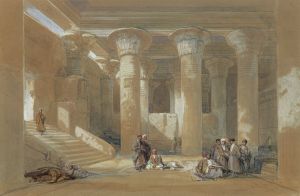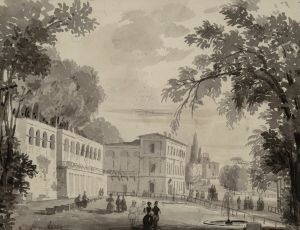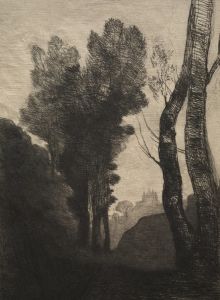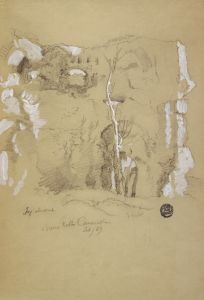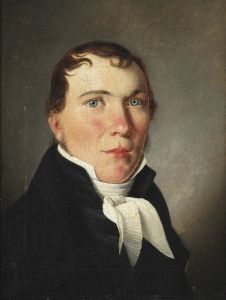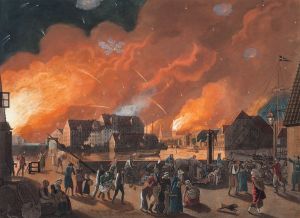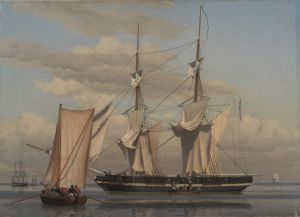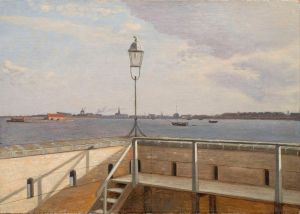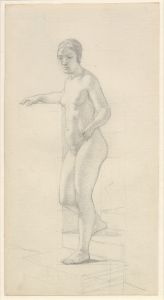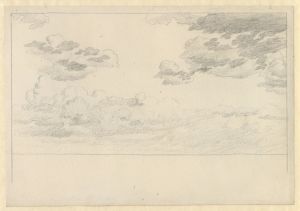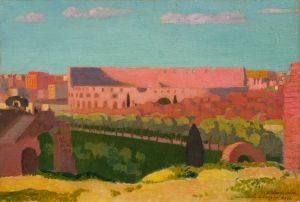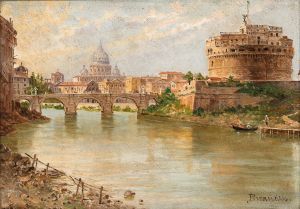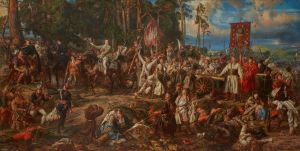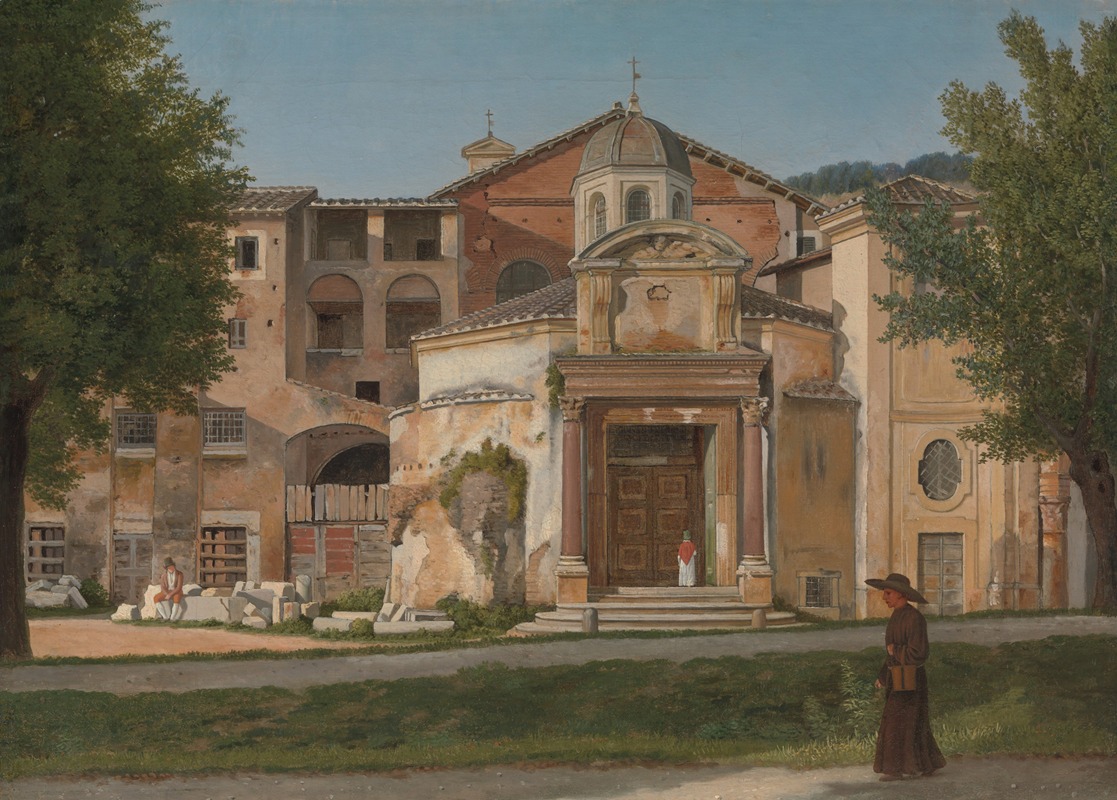
A Section of the Via Sacra, Rome
A hand-painted replica of Christoffer Wilhelm Eckersberg’s masterpiece A Section of the Via Sacra, Rome, meticulously crafted by professional artists to capture the true essence of the original. Each piece is created with museum-quality canvas and rare mineral pigments, carefully painted by experienced artists with delicate brushstrokes and rich, layered colors to perfectly recreate the texture of the original artwork. Unlike machine-printed reproductions, this hand-painted version brings the painting to life, infused with the artist’s emotions and skill in every stroke. Whether for personal collection or home decoration, it instantly elevates the artistic atmosphere of any space.
Christoffer Wilhelm Eckersberg's painting A Section of the Via Sacra, Rome is a work created by the Danish artist during his time in Italy in the early 19th century. Eckersberg, often referred to as the "father of Danish painting," was a central figure in the Danish Golden Age of art. His time in Rome, from 1813 to 1816, was a formative period in his career, during which he developed his characteristic style of precise observation and attention to detail.
The painting depicts a segment of the Via Sacra, the main street of ancient Rome that runs through the Roman Forum. This historic road was a central thoroughfare in Roman times, used for triumphal processions and other significant events. Eckersberg's work captures the remnants of this ancient path, showcasing the ruins and architectural fragments that were visible during his stay in the city. His depiction reflects the neoclassical interest in antiquity and the ruins of ancient civilizations, a theme that was highly popular among artists and intellectuals of the time.
Eckersberg's approach to this subject is marked by his meticulous rendering of light, texture, and perspective. The painting demonstrates his commitment to portraying the scene with accuracy, a hallmark of his artistic philosophy. He often worked en plein air, painting directly from nature, which allowed him to capture the atmospheric effects and natural lighting of the Roman landscape. This method was relatively innovative for the period and contributed to the realism and immediacy of his works.
The painting is also notable for its quiet and contemplative mood. Rather than focusing on grand historical narratives or dramatic events, Eckersberg chose to highlight the serene beauty of the ruins and their integration into the surrounding environment. This approach reflects the Romantic fascination with the passage of time and the interplay between human history and nature.
Today, A Section of the Via Sacra, Rome is recognized as an important example of Eckersberg's work and his contribution to the Danish Golden Age. The painting is held in the collection of the Statens Museum for Kunst (National Gallery of Denmark) in Copenhagen, where it continues to be appreciated for its historical and artistic significance.





